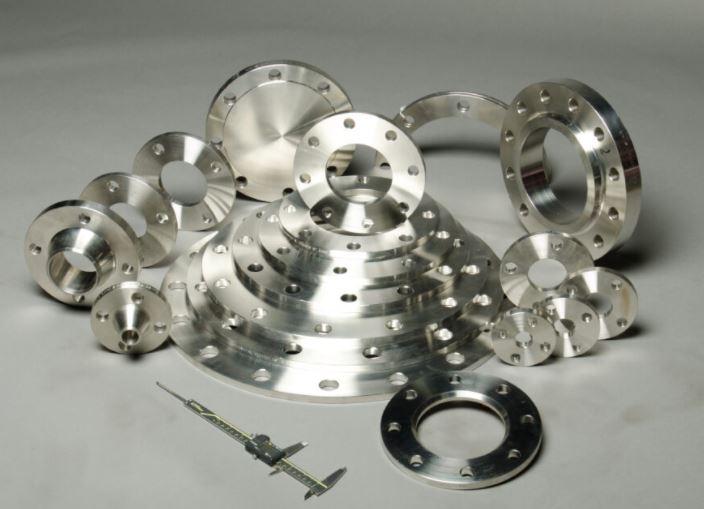Weld neck flanges are a popular type of flange used in industrial piping systems. They provide optimized performance for demanding applications thanks to their tapered neck design. However, there are many factors to consider when selecting the right weld neck flange for an application.
This article will walk through the key considerations when choosing a weld neck flange including size, class rating, materials, facing style, applicable standards, and quality. Following proper selection practices will ensure the flange meets design requirements.
Intended Service Conditions
The first factor to consider is the intended service conditions the flange will need to withstand. This includes:
- Operating pressure and temperature
- Flow rate of the media
- Composition of the media
- Cyclic or vibration conditions
These parameters help determine the required pressure class, materials of construction, and facing style for the weld neck flange.
Pipe Size and Class Rating
Next, determine the pipe size and corresponding flange class rating. Common sizes include 1⁄2”, 2”, 4”, 6”, 8” etc. up to very large diameters. Pressure ratings range from Class 150 to Class 2500.
Higher class ratings have thicker weld neck flanges and can handle greater internal pressures. Make sure to select a class rating that matches or exceeds the design conditions per ASME codes.
Flange Facing Style
The flange facing or finish must also be selected. Common options include:
- Flat Face (FF) - Used for welding neck pairs
- Raised Face (RF) - Most common for gasketing
- Ring Type Joint (RTJ) - For high pressure applications
- Tongue & Groove (T&G) - Self centering face profile
Raised face is good for general use with gaskets. RTJ provides the highest pressures capacity when used with a matching flange.
Materials of Construction
Choosing the right material for the weld neck flange is critical. Options include:
- Carbon steel - SA105, SA516, SA350 etc.
- Stainless steel - 304, 304L, 316L
- Alloy steel - F5, F9, F11, F22, F91
- Nickel alloys - Alloy 20, Monel, Inconel, Incoloy
- Duplex/Super duplex stainless
Compare material properties to the service conditions. Factors like strength, corrosion resistance, and high temperature behavior must be compatible.
Design Standards Compliance
The flange must comply with relevant design codes including:
- ASME B16.5 - Smaller steel flanges
- ASME B16.47 - Large diameter steel flanges
- ASME Section VIII - Pressure vessel code
- ASME Section IX - Welding and fabrication
- MSS SP-44 - Materials standard
Compliance ensures the weld neck flange is designed and rated properly.
Special Requirements
Consider any special requirements the application may have including:
- NACE MR0175 compliance for sour service
- Charpy impact testing for low temperature
- Oversized neck for dissimilar welds
- Custom drilling pattern
- Filters or screens built into flange
These factors help determine any special options or modifications needed.

Supplier Quality and Certifications
Carefully select a qualified flange manufacturer that can provide:
- ASME U and UM stamp certification
- ISO 9001 registered quality system
- Material traceability and mill test reports
- Proof loading per MSS SP-25 standard
- Expedited delivery when required
A reputable manufacturer delivering certified flanges brings reliability and compliance.
Installation Considerations
Finally, keep the flange installation method in mind. A weld neck flange requires a full penetration butt weld, which takes specific welder qualifications and procedures. The bolt size must also be appropriate for the flange drilling.
Choosing the optimal weld neck flanges require consideration of service conditions, size and rating, materials, design codes, quality, and installation requirements. Carefully evaluating all selection criteria results in long lasting flange integrity and safety.
With the right weld neck flanges properly installed, piping systems will benefit from maximum pressure capacity, reduced leaks, and minimized downtime over many years of service.



